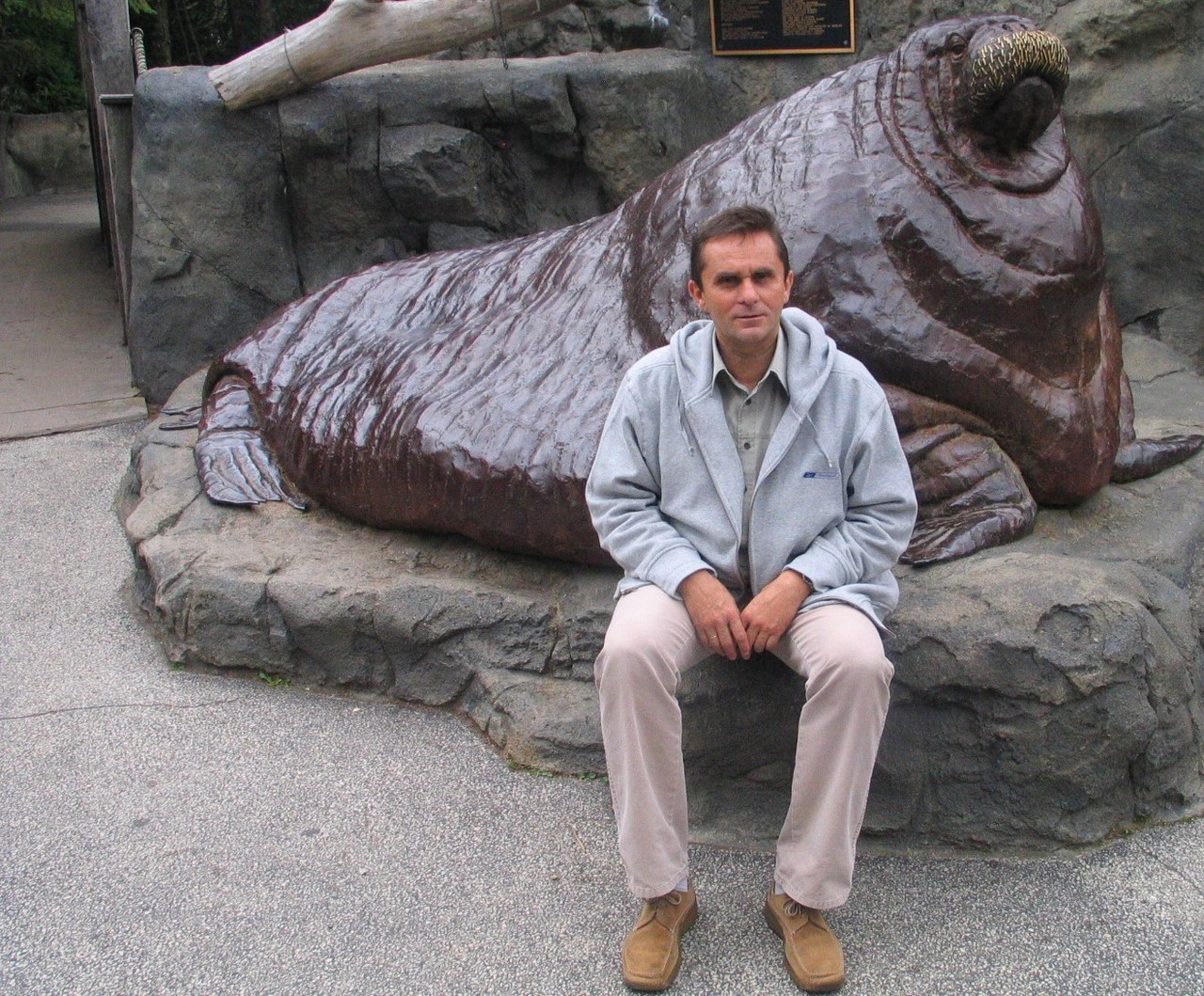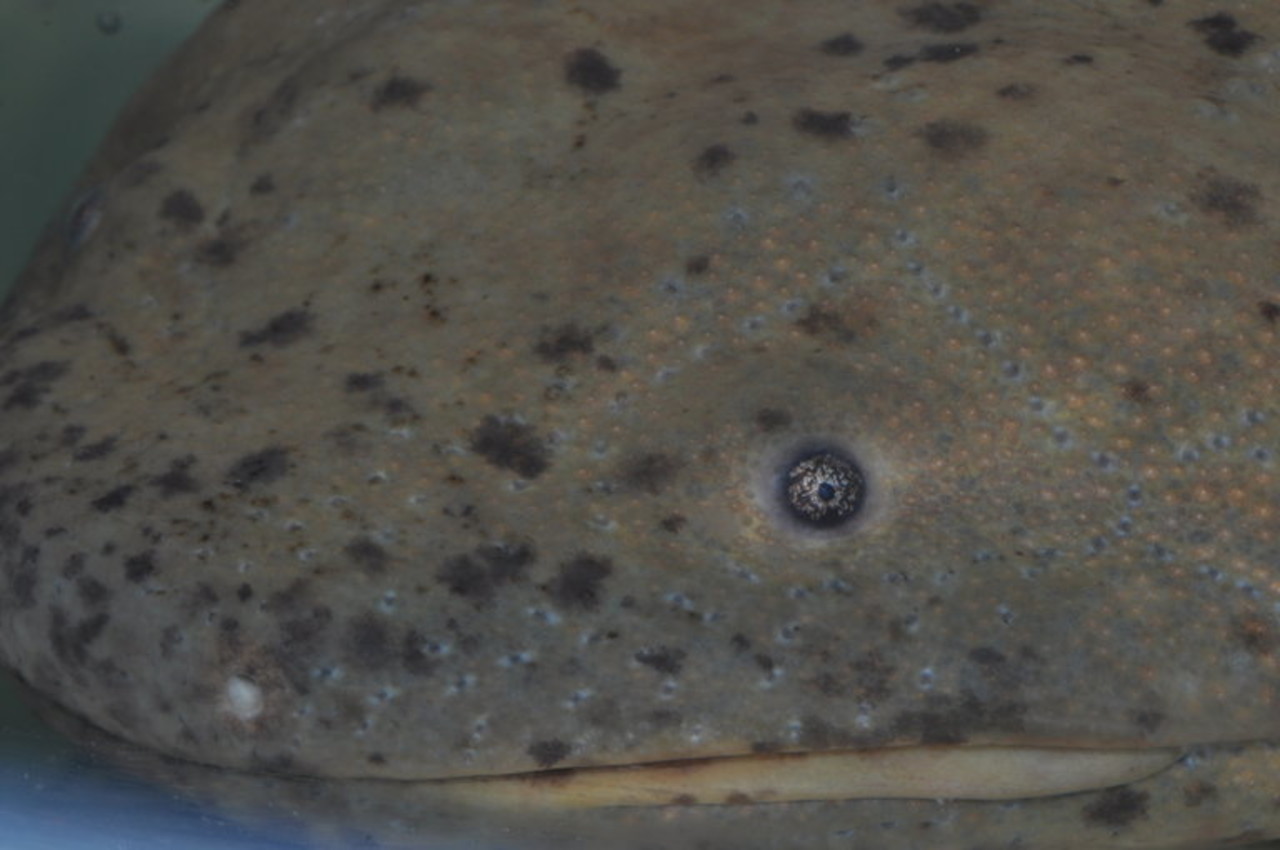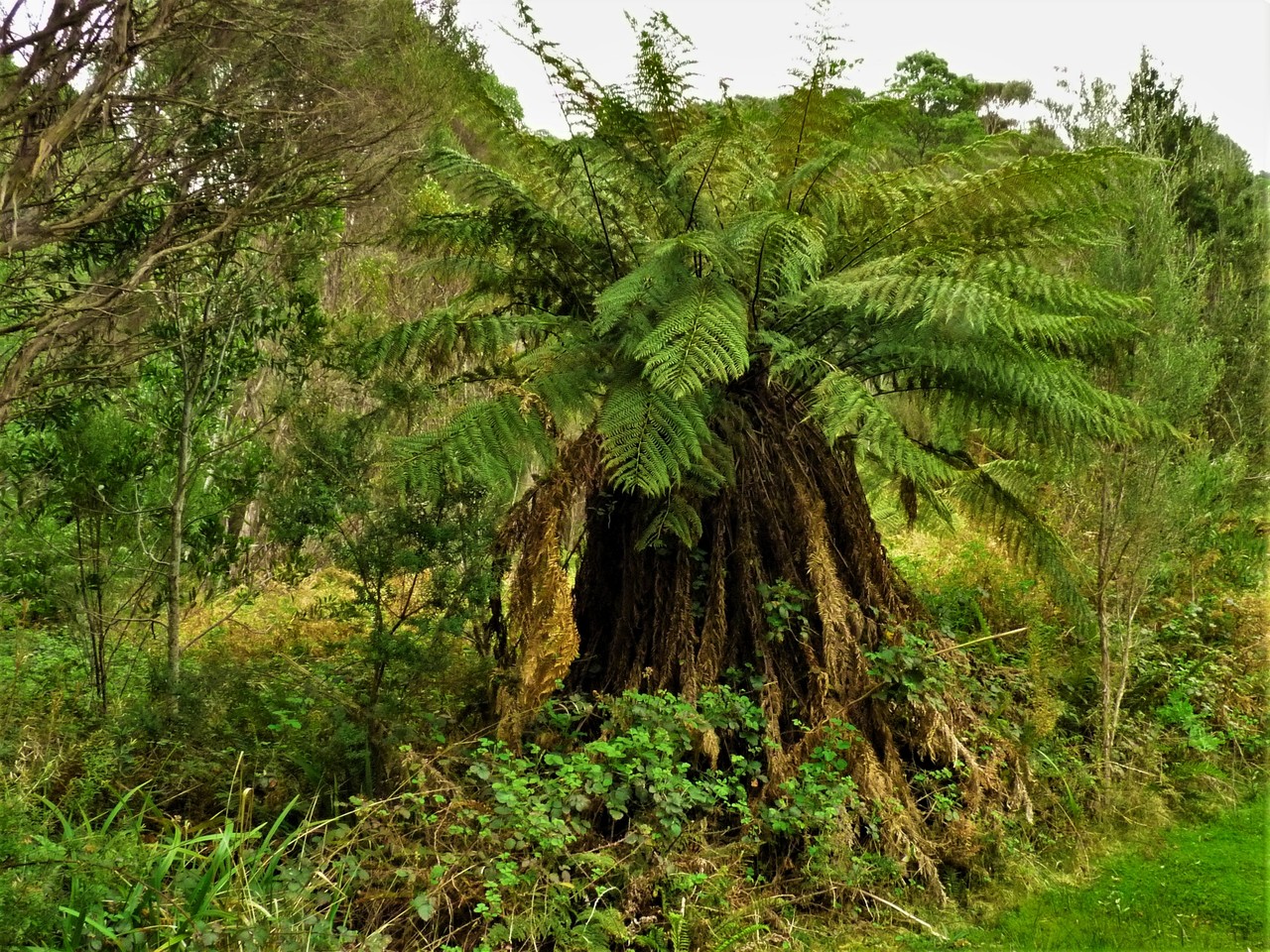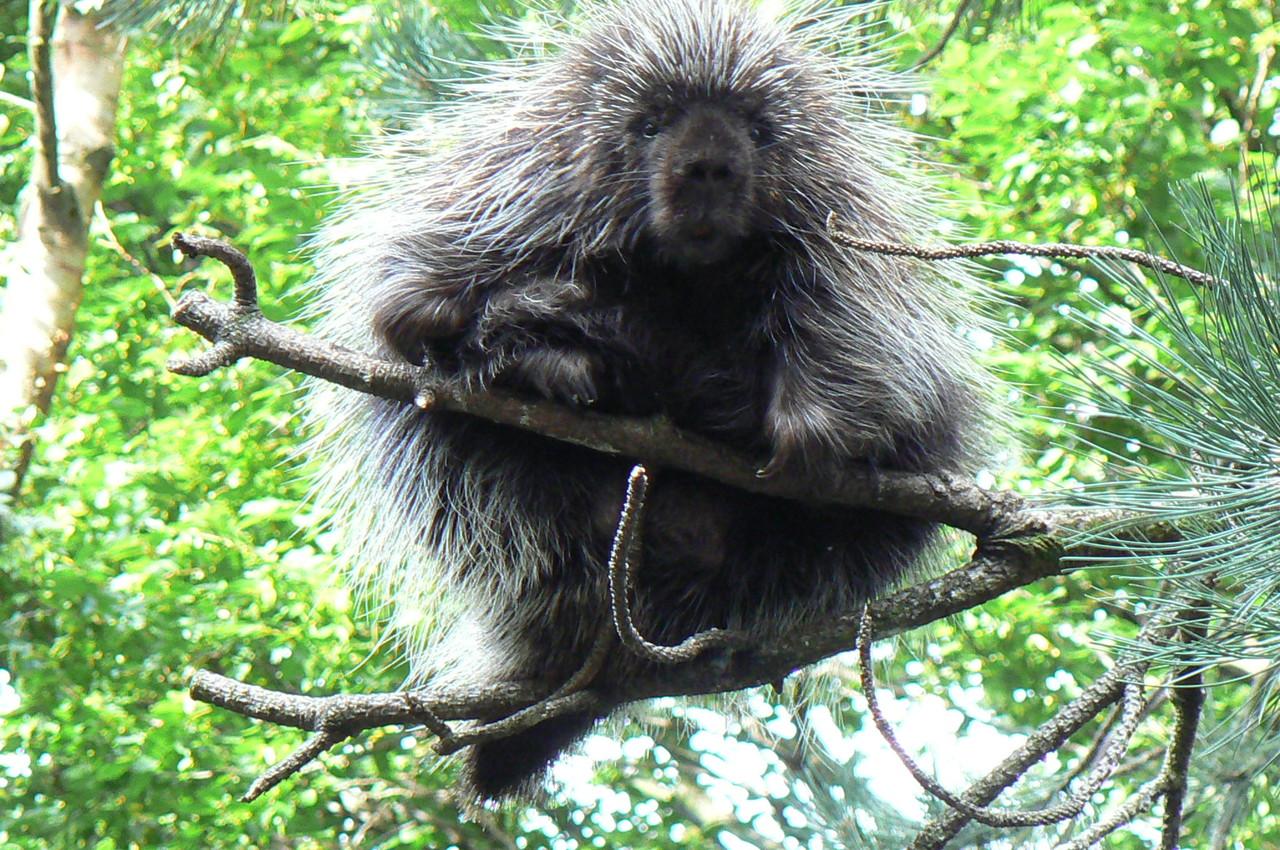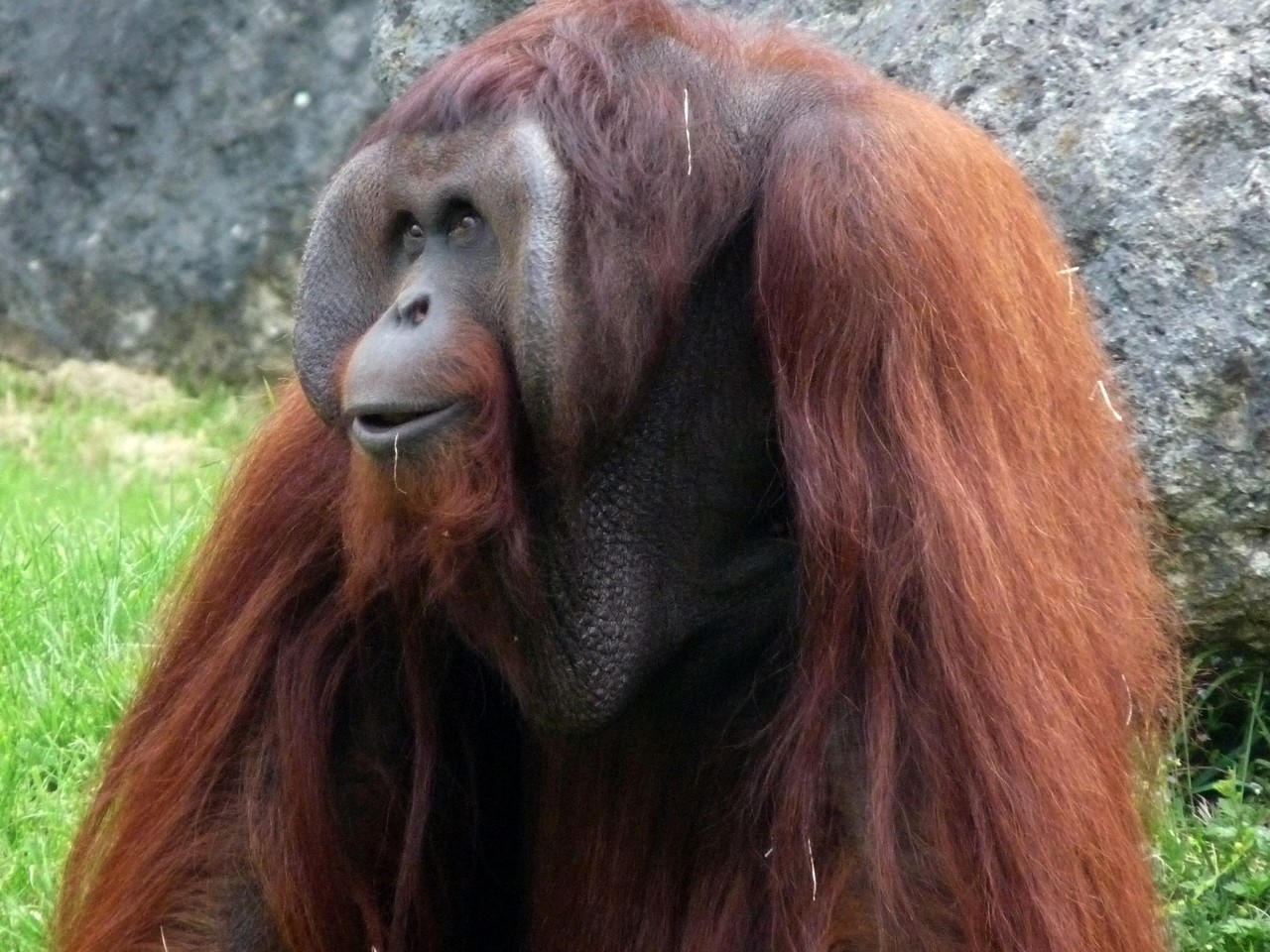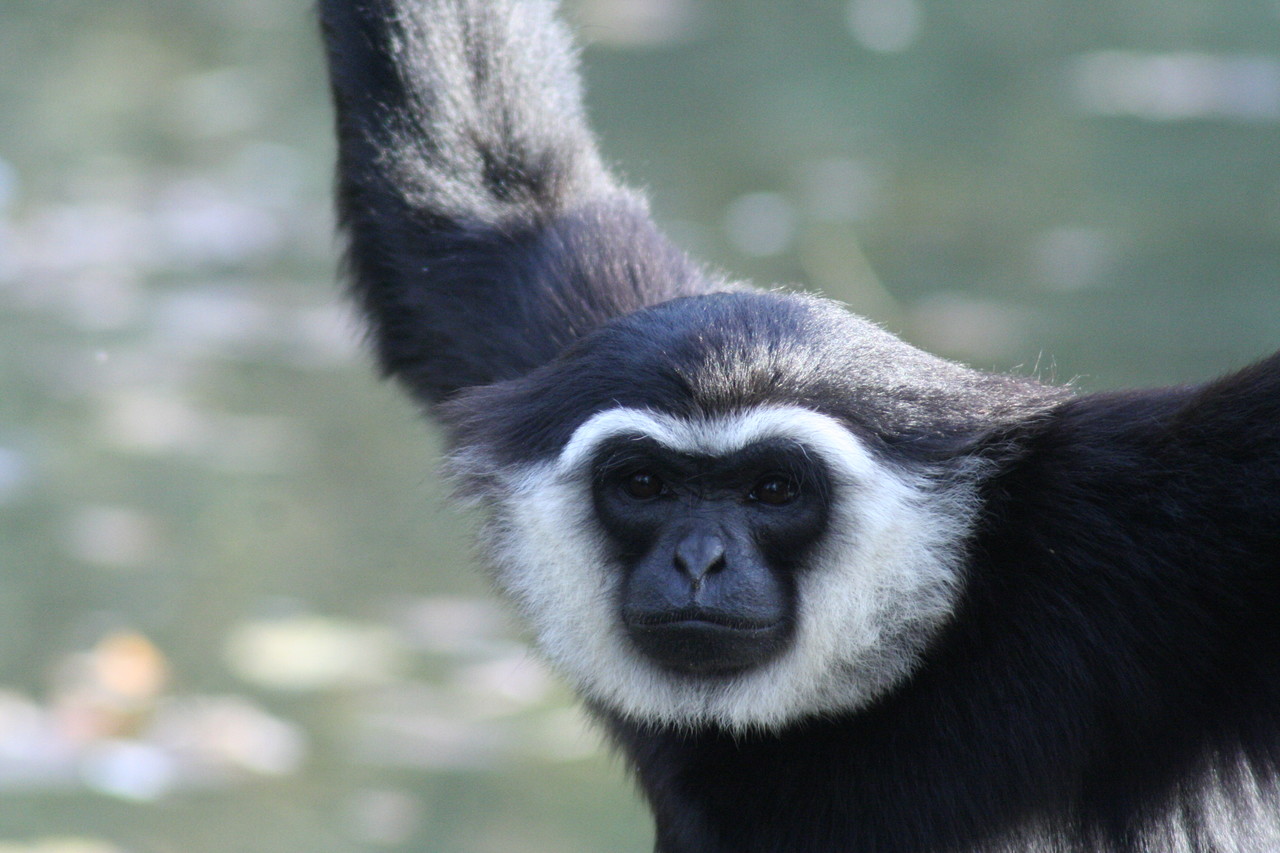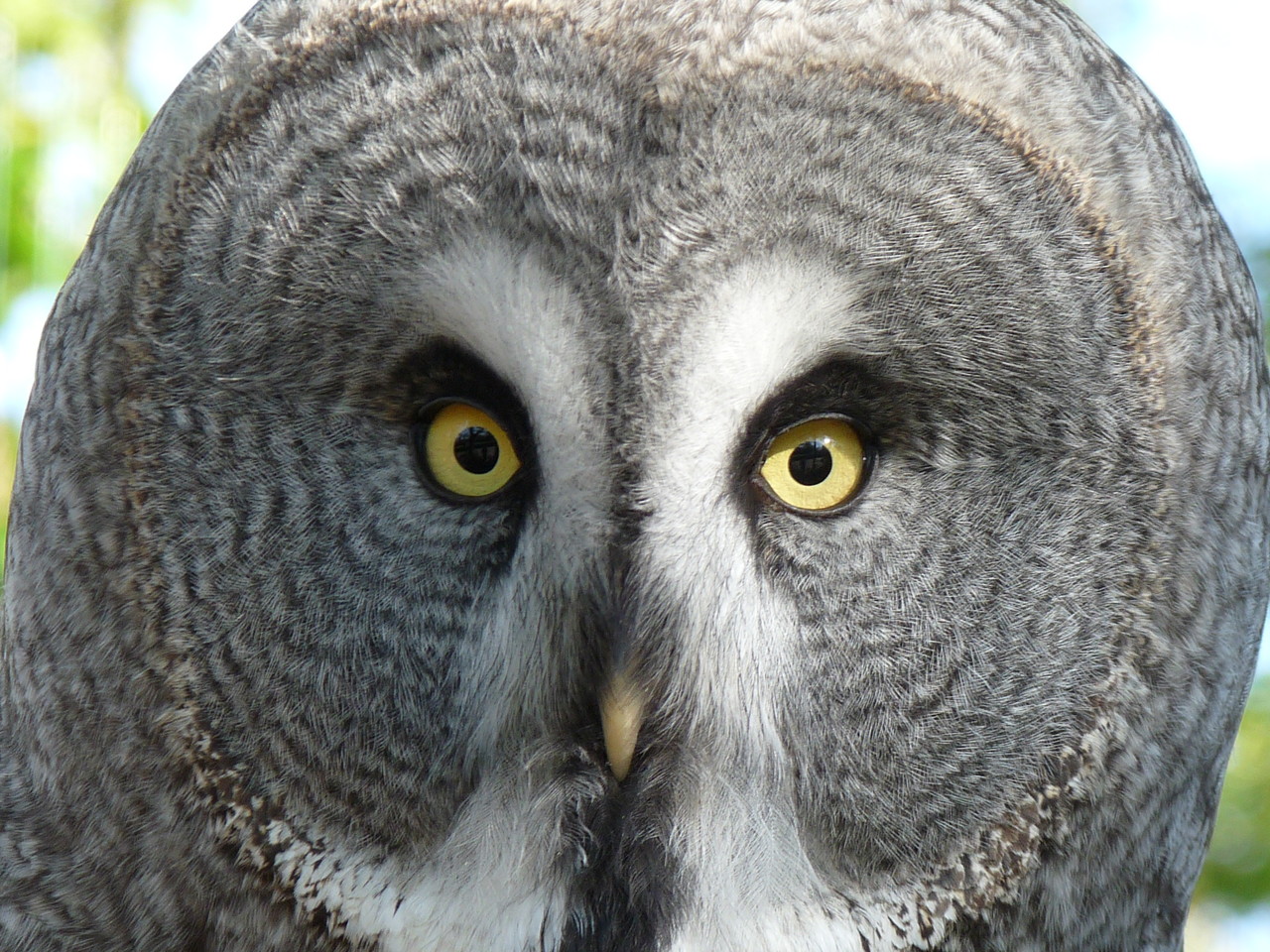The role and functions of modern zoological gardens
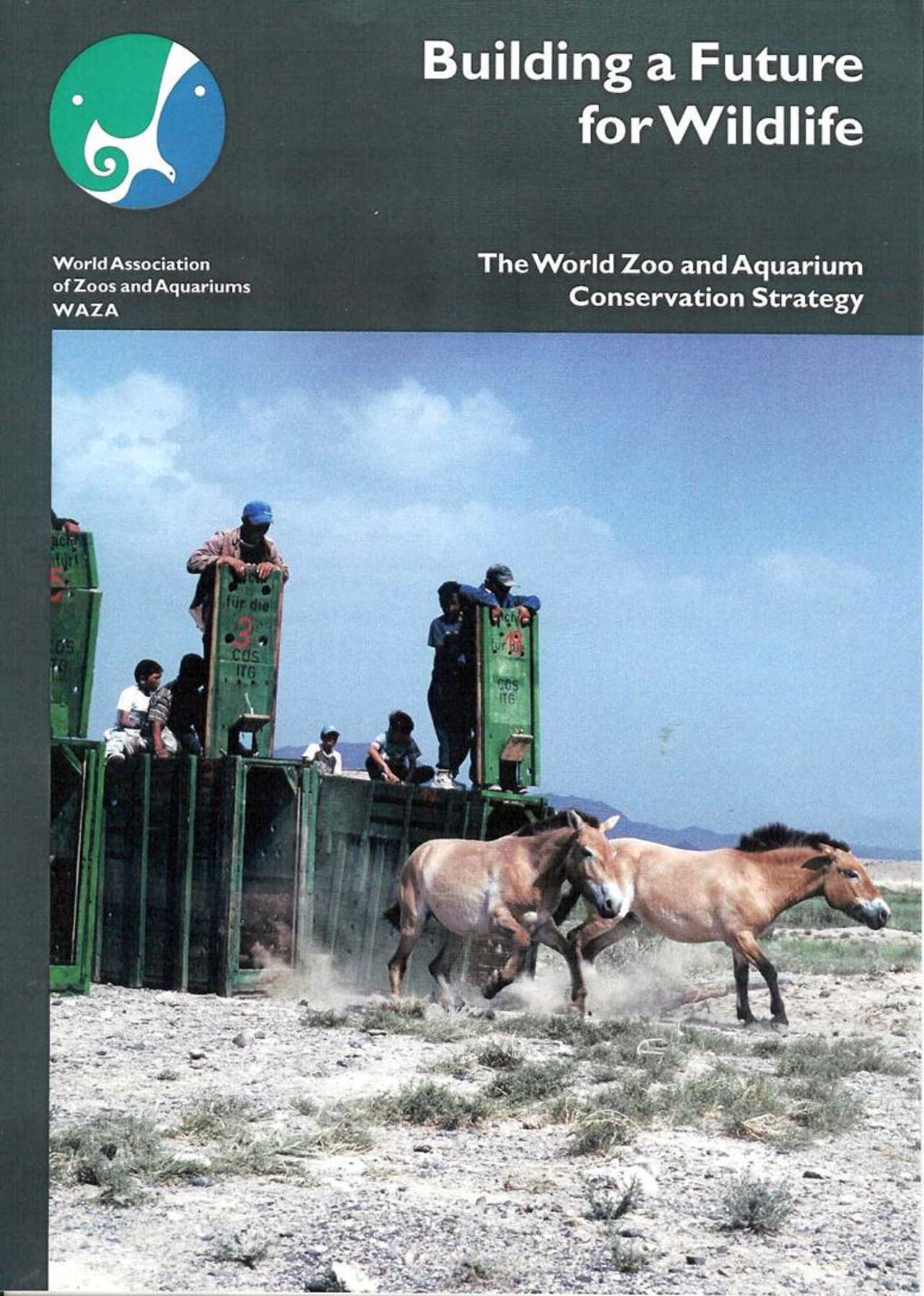
Once zoos were treated only as places where you could see wild beasts from the jungle. Up to this day, in the oldest zoological gardens, there are cages which used to be deliberately adapted to "irritate the beast", which was an additional attraction for crowds. In the Wroclaw ZOO you can see the nineteenth-century cages for bears with cloisters over them from which the audience could stab predators with several meters long sticks.
As the civilization progressed and the understanding of the idea of nature protection increased, zoological gardens began to change their faces. The modern zoological garden must simultaneously perform a series of tasks related to breeding of wild and non-domestic animals. According to the WAZA (World Association of Zoos and Aquaria) guidelines, all newly built animal enclosures should reflect their natural environment as faithfully as possible, additionally creating an element essential for shaping ecological awareness among visitors.
Main directions of activity and development of the zoological garden:
Breeding wild animals, in particular dying out and endangered species, and their exposure in conditions that take into account natural needs of animals.
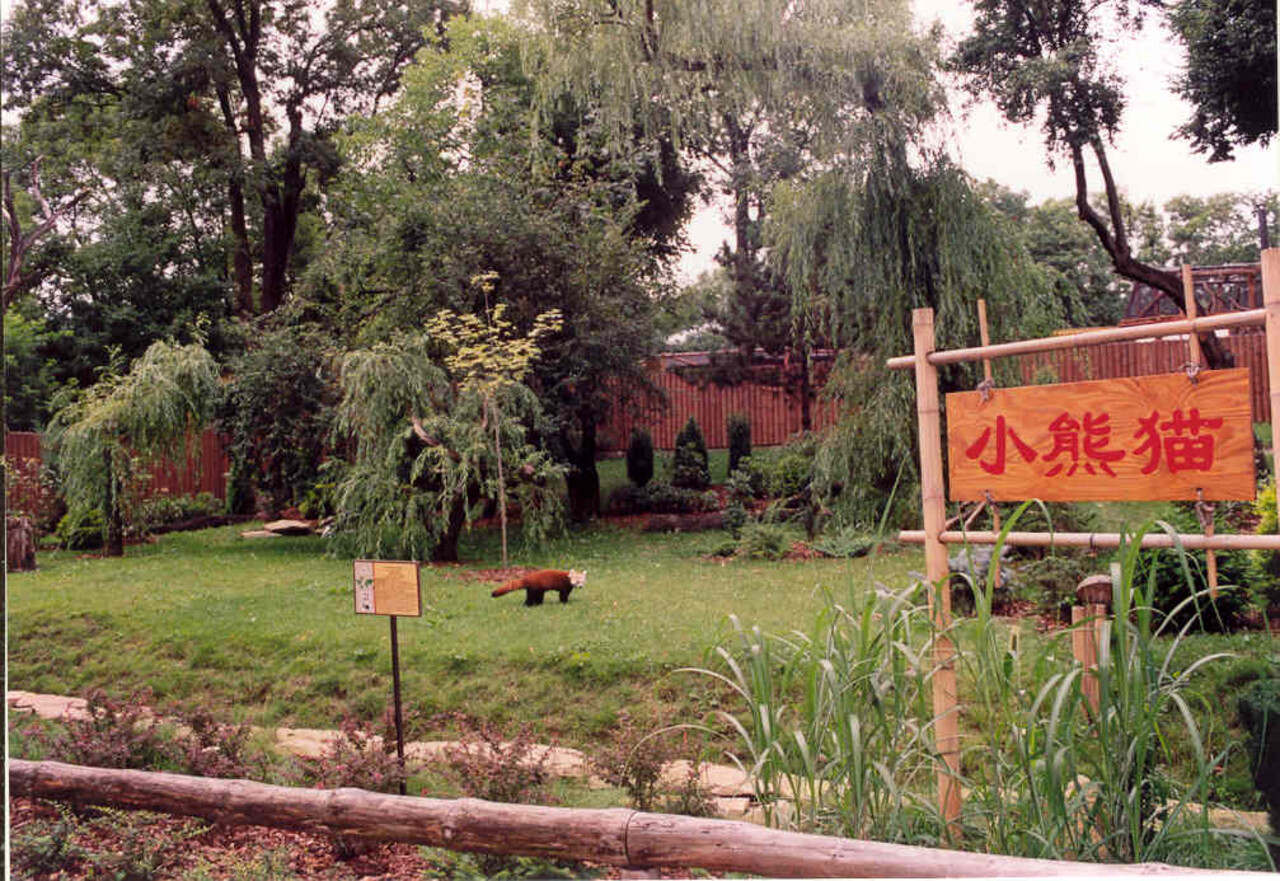
The breeding of rare, endangered animal species is coordinated at the international level as part of a breeding committee for a given species (currently there are around 120 European committees called EEP (European Endangered Species Programme) and requires close cooperation at both international and national levels; this issue includes conservation and breeding of rare species of fauna, also native fauna, by rescuing protected animal species.
Zoological gardens are actively involved in the reintroduction programmes, i.e. releasing rare animal species to primary sites bred under coordinated EEP programmes. Currently, successful reintroduction programmes are implemented, including bearded vulture, scimitar-horned oryx, addax, European lynx, eagle owl.
Conducting research and scientific work in the field of veterinary science, zoology, zootechnics, didactics and other fields related to the operation of the zoological garden; cooperation with scientific institutions.

Scientific and research activity is connected with establishing contacts and cooperation with various scientific institutions, conducting scientific works, observations and research; a zoological garden is a unique irreplaceable base and the base for science, at the same time it benefits from being able to conduct its own scientific work based on the facilities of scientific institutions.
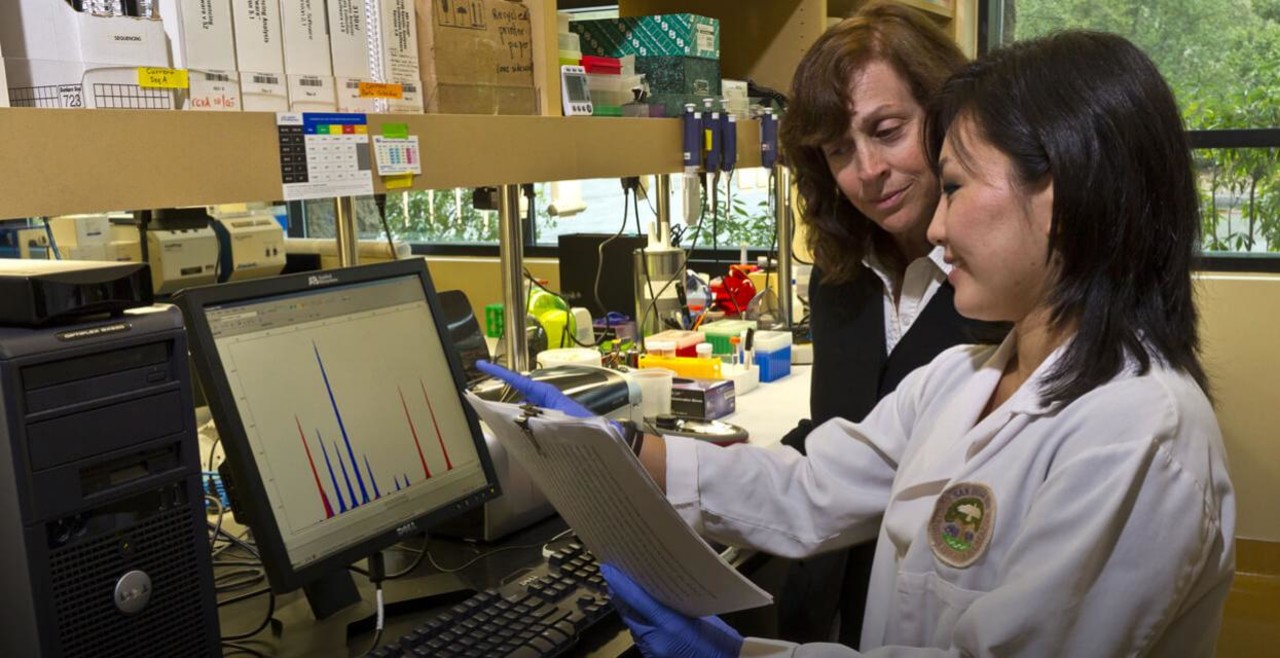
Didactic and educational role through lectures, animal shows, information through mass media and on the zoo through boards and didactic boards about the role and importance of saving rare and endangered species of animals, shaping young people’s awareness in promoting the idea of animal protection through close cooperation with schools and other educational institutions.
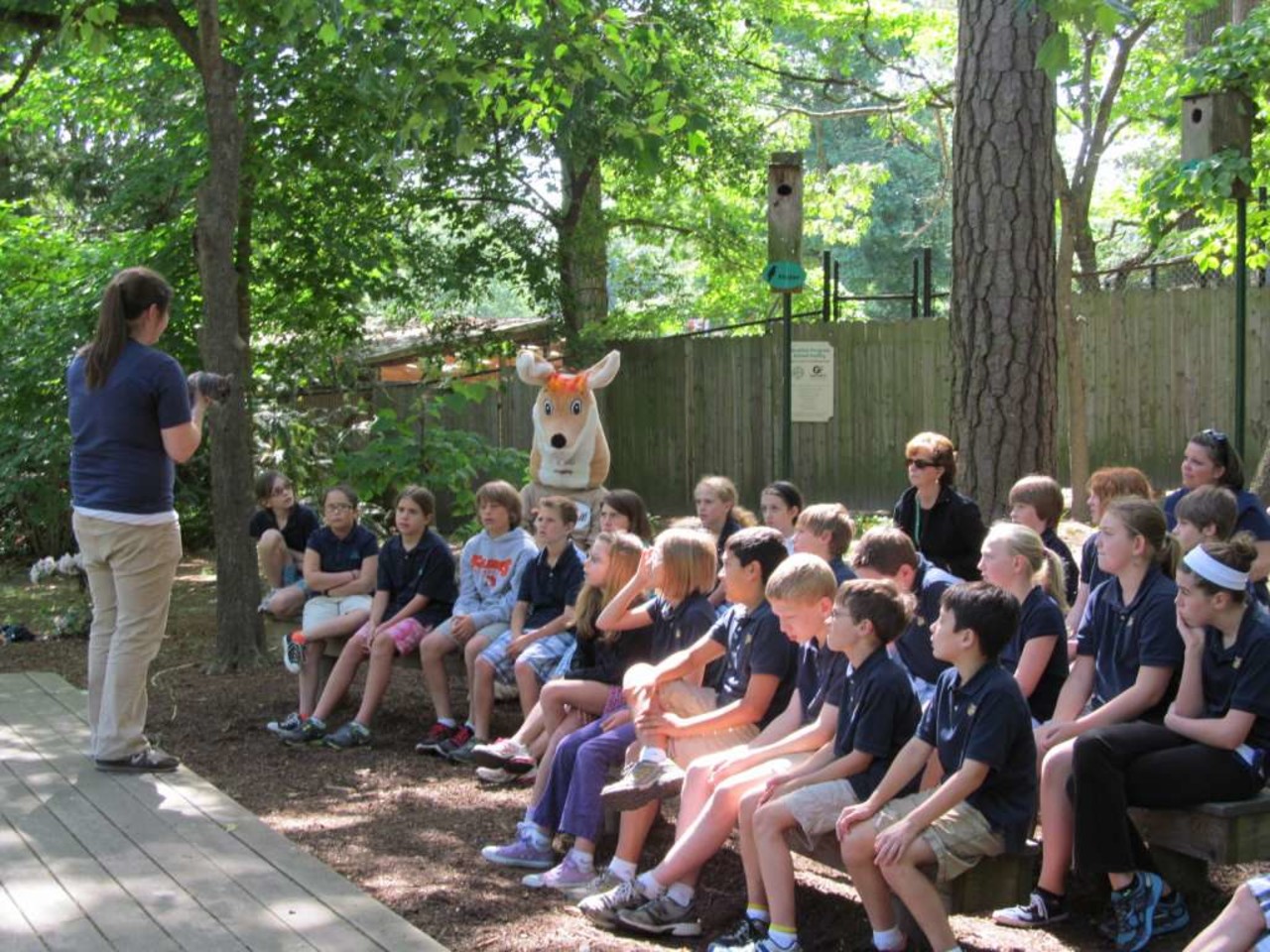
The didactic-educational role of the zoo is aimed at informing and at the same time making the society aware of the threat to numerous species of animals, which is brought by the progress of civilization but also the role of zoological gardens in saving and preserving endangered species; it is also a job consisting of, among others, meetings with animals organized for children from pre-school age as well as secondary school and university students, in the form of lectures, lectures or zoology lessons, conducted at schools or at the zoo.
Participation of the radio and television in propagating the idea of animal protection and the role of zoological gardens is indispensable and the need to cooperate with the mass media to spread the idea of respect for natural resources should be recognized.
Active recreation and tourist attraction as a unique place allowing both viewing animals from different continents and direct contact with animals in specially designated places called "zoo for children", or during zoology lessons conducted at the zoo.
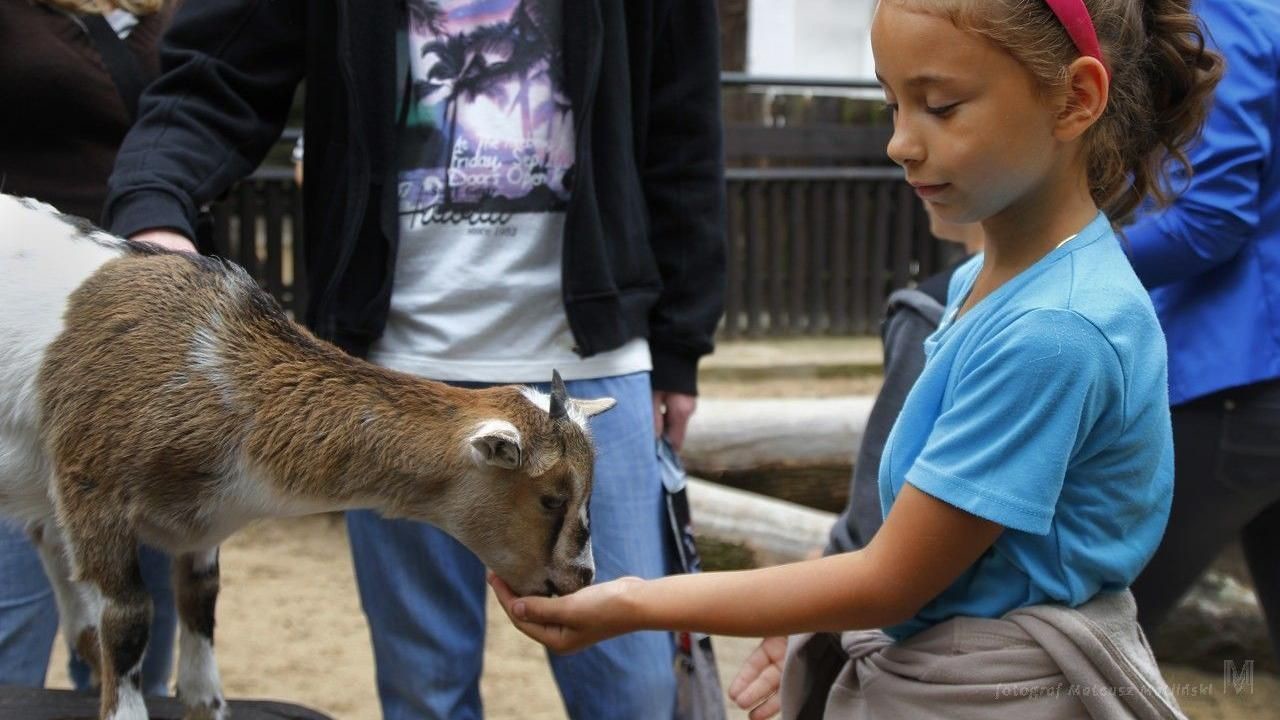
Recreation and rest is the role of a zoo that is gaining more and more importance nowadays, as the possibility of a unique contact with living nature accessible to the general public. For the building of sympathy and friendliness for animals from the youngest generations, the most important role is played by the "zoo for children" organized in zoological gardens, enabling mainly children, young people as well as adults, direct contact with domesticated animals.
It is difficult to question the sense of the existence of zoos in the light of the above tasks that they have to implement. The progress of audiovisual techniques makes it possible to watch almost all animal species in their natural environment on the television screen. However, you can not underestimate the didactic role of zoological gardens presenting live specimens, as well as giving your audience the possibility of direct contact with animals such as, in the mentioned above, "zoo for children".
Aleksander Niweliński



